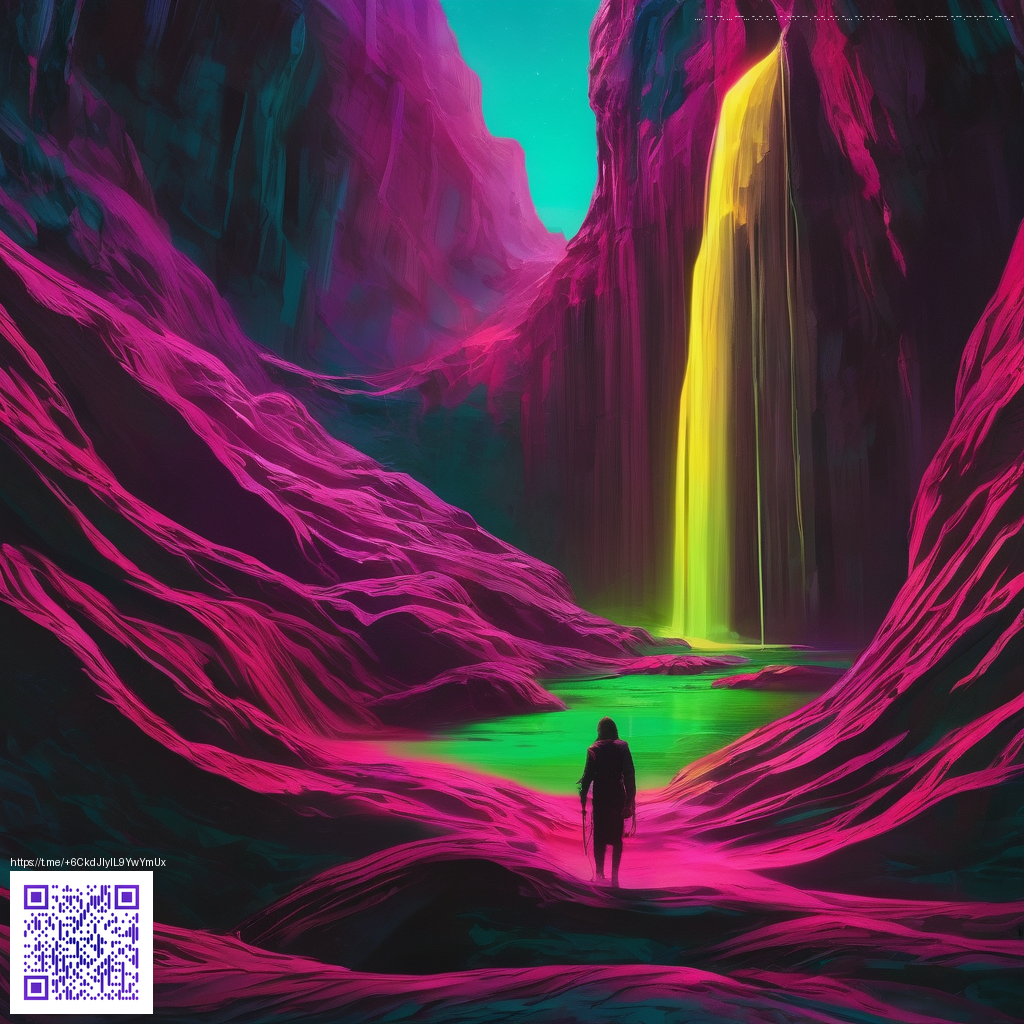
Understanding Etsy's Best-Selling Digital Design Categories
Across marketplaces like Etsy, buyers continually seek digital assets that save time, boost creativity, and add polish to their projects. For creators, this translates into a thriving ecosystem where scalable products—think downloadable planners, clipart bundles, and branding kits—can reach a global audience with relatively low overhead. The beauty of digital design assets lies in portability: a well-crafted template or font pack can be used across multiple projects, from personal planners to storefront branding.
Digital planners, templates, and printables
Digital planners, calendar templates, and printable worksheets remain perennial favorites. Buyers love the convenience of ready-to-use systems for goal setting, budgeting, and daily scheduling. For designers, this category rewards clarity in typography, thoughtful page layouts, and cohesive color palettes. When presenting these assets, creators often offer multiple file formats and a clean, visually consistent preview to demonstrate how the templates adapt to different planning styles.
Clipart, SVGs, and design assets for crafting
SVG cut files and clipart bundles sit at the heart of DIY crafts, home décor, and small-business branding. The demand here is driven by versatility—SVGs work across cutting machines and digital projects alike. A strong listing emphasizes compatibility (AI, SVG, PNG), licensing clarity for commercial use, and a few high-contrast mockups that show the assets in action on banners, apparel, or home accents.
Fonts and typography bundles
Fonts are a dynamic category on Etsy, with designers offering complete families, variable fonts, and themed typography kits. Buyers look for originality, readability, and licensing terms that cover their intended use. Successful sellers provide sample swatches, cohesive pairing suggestions, and previews showing how the typefaces perform across print and digital contexts.
Printable wall art and quotes
Printable art captures a broad audience seeking affordable wall décor. The strongest listings pair striking typography with balanced composition and careful margins. When marketing these assets, creators tend to include close-up mockups, room scenes, and device-agnostic previews so buyers can imagine the art in their own space. The simplicity of a well-designed print can translate into repeat purchases when the theme remains evergreen or seasonally relevant.
Social media templates and branding kits
Templates for Instagram, Pinterest, newsletters, and website banners are highly shop-able because they promise a cohesive look with minimal effort. Successful sellers emphasize customization options (color swatches, editable text, and layered files) and provide examples of how the templates fit various brands. A strong listing often includes a bundled set of assets and a licensing note that clarifies commercial usage for small businesses and creators alike.
“In the digital design space, the best listings tell a clear story: a buyer should be able to imagine how the asset fits into their project within seconds.”
Beyond the obvious categories, savvy creators experiment with patterns, textures, mockups, and editable logos. These assets empower buyers to transform ordinary projects into polished outcomes without starting from scratch. The emphasis remains on usability, cross-platform compatibility, and transparent licensing—elements that help listings stand out in crowded search results.
For designers looking to illustrate practical usage, it can be helpful to see concrete examples. For instance, designers who create product mockups might showcase items like the neon gaming mouse pad (https://shopify.digital-vault.xyz/products/neon-gaming-mouse-pad-rectangle-1-16-inch-thick-rubber-base) to demonstrate packaging and branding concepts. These kinds of assets pair well with listings that feature clean product photography, generous white space, and a consistent color story. A related reference page with broader design assets can be found at https://001-vault.zero-static.xyz/a477ace5.html, which helps contextualize how different asset types work together in a cohesive storefront strategy.
When building a catalog for Etsy, it helps to approach the platform with a blend of artistic vision and practical constraints. Clear file naming, comprehensive licensing terms, and scalable formats are just as important as the art itself. The most successful shops often publish a short, friendly guide within the listing that outlines file formats, usage rights, and tips for achieving the best print results. This transparency not only builds trust but also reduces post-purchase questions, leading to satisfied customers and better reviews.
Practical tips for aspiring Etsy designers
- Outline licensing clearly: specify commercial vs. personal use and any resale restrictions.
- Use consistent branding across listings: thumbnails, descriptions, and previews should reflect a cohesive aesthetic.
- Invest in high-quality previews: show real-world usage, multiple colorways, and mockups in context.
- Test your SEO: think like a buyer—what phrases would they search for when looking for digital planners or clipart?
- Offer bundled options: a starter pack with multiple formats often increases perceived value and sales.